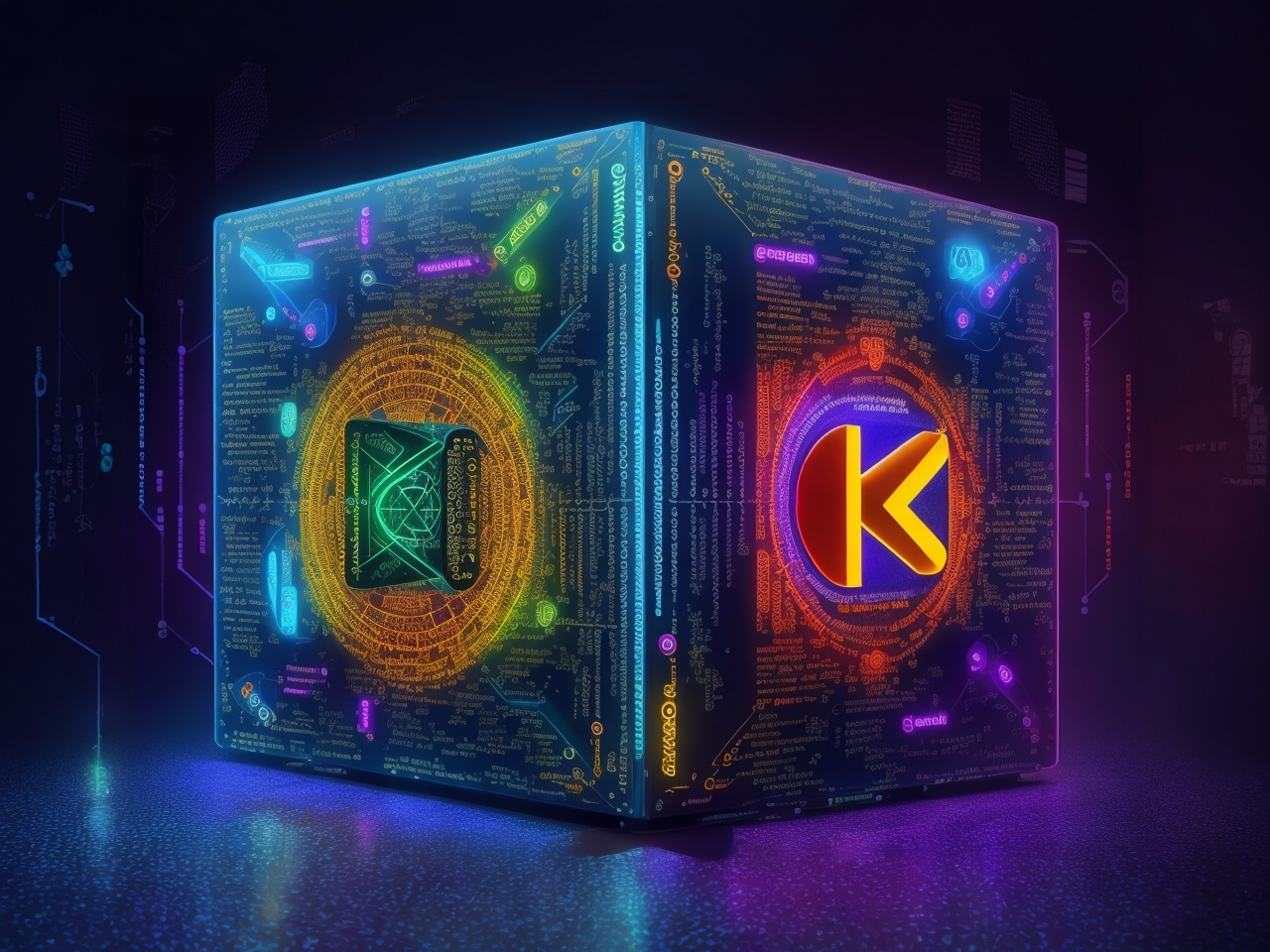AI Daily : From Facial Recognition to AI Startups, Here’s What’s New in Artificial Intelligence

This Newsletter is Curated By: AI || Reviewed By : Avijit || Date: 2023-10-05
Spotlight
1. Google and Cornell researchers have introduced a new AI technique, DynIBaR, which can generate realistic renderings from a single video. The scalability of this tool, both for long videos and dynamic scenes, is pushing the boundaries of visual AI capabilities.
2. Microsoft’s Bing AI recently found itself in controversy due to the generation of inappropriate images. This highlights the significant ethical considerations in AI content generation.
3. Open-set recognition (OSR) methods are redefining facial recognition systems, using modified projections within class-conditional generative adversarial networks (GAN) to enhance accuracy.
4. AI could be a game-changer for economies like India and the Philippines, which heavily rely on the customer service industry. The adoption of AI chatbots in call centers may bring both challenges and opportunities.
5. Female-founded AI startups in the UK have raised significantly less funding than their male counterparts, highlighting an urgent need to address gender balance in AI investment.
MindBlowing AI Tools Everyone talking about
- Recent updates in AI tools include the VideoDirectorGPT, a framework using large language models for generating multi-scene videos.
- a variety of new features introduced by LinkedIn, such as generative AI in their Recruiter platform and an AI-driven learning coach.
- Artifact, a news app, now allows for AI-directed image generation and LaVie presents a new front in video generation using cascaded video latent diffusion models.
What The World Have Researched & Innovated
Several breakthroughs in AI research have recently emerged. For example, researchers developed the TEXT2REWARD framework using large language models, which has shown promising results in manipulation tasks and can even be applied to real-world robots. A model that extracts 3D information from 2D photos has also been introduced, aiming to increase object detection accuracy for AI systems. Furthermore, a DeepMB deep-learning framework has revolutionized optoacoustic imaging, enhancing both speed and image quality. The implementation of these and similar findings has the potential to significantly enhance the field of AI in the coming years.


